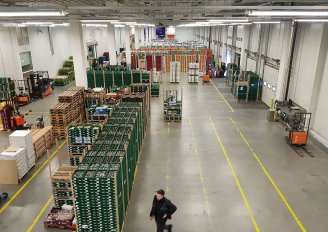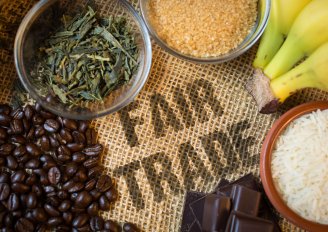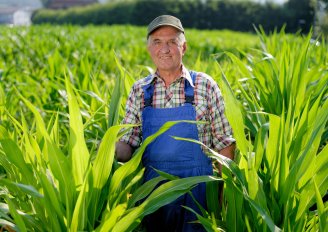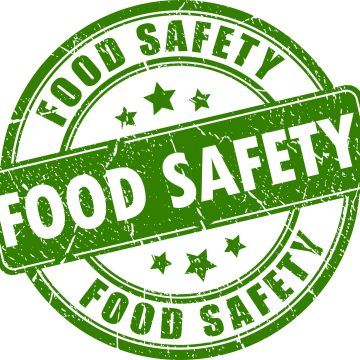
Blockchains and SOPs
Blockchain (Distributed Ledger Technology) is mainly known as the technology behind Bitcoins. However, it also has a beneficial use in supply chains, a topic that is highlighted on this page. It can contribute to strengthening the position of smallholders in developing countries. Anybody with a mobile phone can participate and register their trade data. It is a scalable technology and can make use of smart contracts for automated payments. The implementation of SOPs, standard operating procedures, in a blockchain-enabled supply chain is a golden combination.

Blockchain technology
From a technical point of view, a blockchain is a database that is super secure because of cryptographic algorithms. This means that data that are put in a blockchain, such as information about a shipment, information about MRLs etc, cannot be changed by anyone else than the person who puts the information in the blockchain. If you trust that person, than you can trust the information in the blockchain.
In the food supply chain, blockchains are mainly used to trace the origin from a food product from retail to farmer, to disclose the global market potential to farmers in developing countries, and for quality control in the chain.
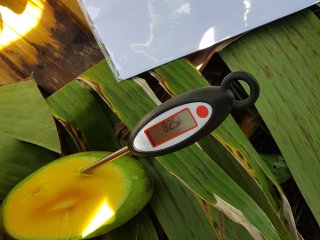
Blockchain application depends on SOPs
The basis for applying a blockchain in the fresh value chain is a Standard Operating Procedure (SOP). The SOP describes how a product must be handled in each part of the chain. It describes between what limits (time and temperature) this must be done and at which points data need to be registered in the blockchain.
WFBR focusses on the development of SOPs for different fresh products that are tailor made for different food systems. These are being used for consistency in quality, market access to more distant and more high-end markets, training and as a basis for a blockchain application.
Useful effects of blockchains
How to implement blockchains in your supply chain?
-

Systematic writing down of the processes as should be. Illustration by verry Studio/Shutterstock.com Start with SOPs
Always start with the development of Standard Operating Procedures (SOPs) that describe all handling for the fresh product from harvest to market.
-

Collaboration between stakeholders. Photo by fizkes/Shutterstock.com Assure support of the stakeholders
The SOPs must be workable. That means that they should be adapted to the possibilities of the chain partners. It also means that the local sector can make adaptions to the SOPs in mutual agreement as long as the minimum requirements of the market are assured.
-

Infrastructure is important. Photo by Dragos Lucian Birtoiu/Shutterstock.com Infrastructure
Some produce (e.g. mango or avocado) can be procured in areas at half a day distance from a cold storage facility whereas other produce (e.g. fresh herbs or berries) are excluded if they cannot be cooled within 20 minutes after harvest.
For export markets products must be strictly sorted and graded. This is easiest realized by machine. However, hand sorting and grading is still a possibility.
-
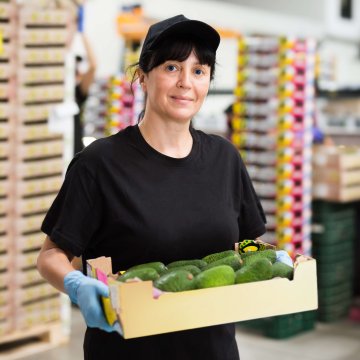
Test the SOPs in practice. Photo by BearFotos/Shutterstock.com The importance of pilots
Farmers that are short in cash are reluctant to change to a marketing system involving blockchain that result in the farmer retaining ownership and product risk in return for a higher price. Especially since the payment is realized after final sale.
During a pilot phase, farmers can be guaranteed to receive a minimum price and experience the do's and don'ts of working with a blockchain-enabled supply chain first hand.
-
Role of existing traders
Existing traders may also benefit from the blockchain:
Their clients in EU or US may appreciate the fair trade component which can be used as a marketing tool.
- The LSP may lose a huge margin compared to a middleman but the marketing (price) risk disappears and the financial limitation to turnover increase reduces as LSP does not actually buy products.
-
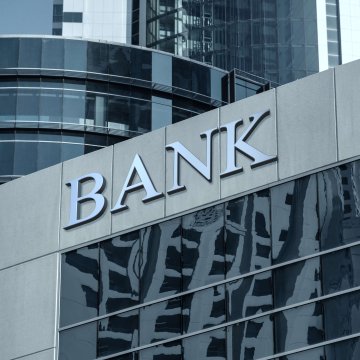
Role of banks. Photo by Anton Violin/Shutterstock.com Role of banks
Banks form part of the blockchain in order to facilitate automated payments in destination as well as in origin. They may include financing possibilities at a later stage, after financial track records of the participants have become available.
